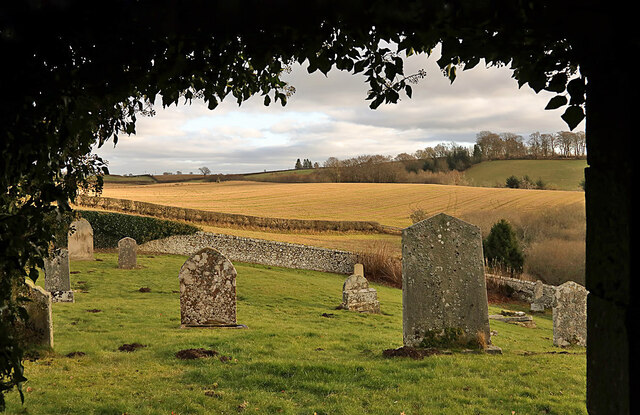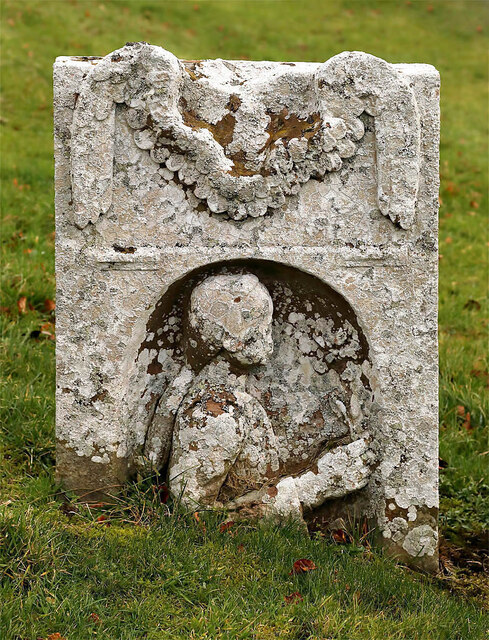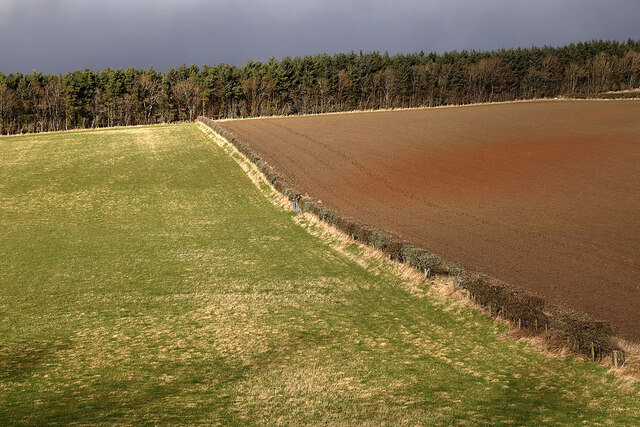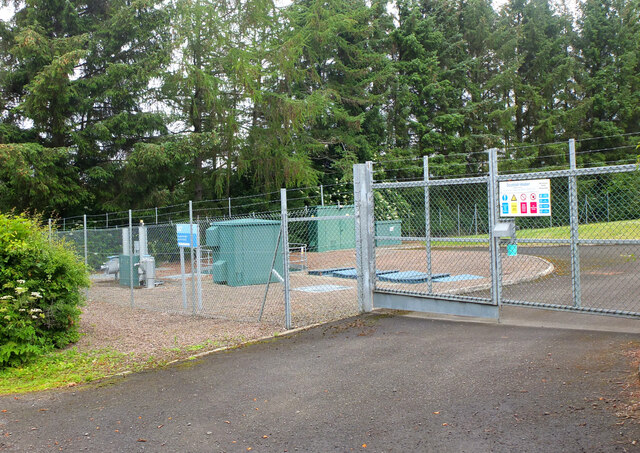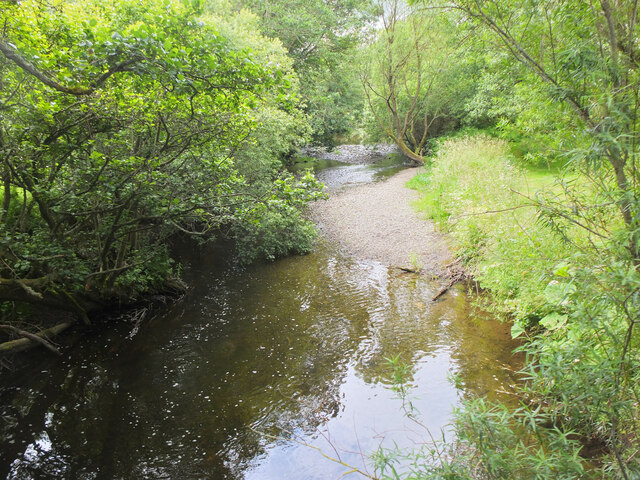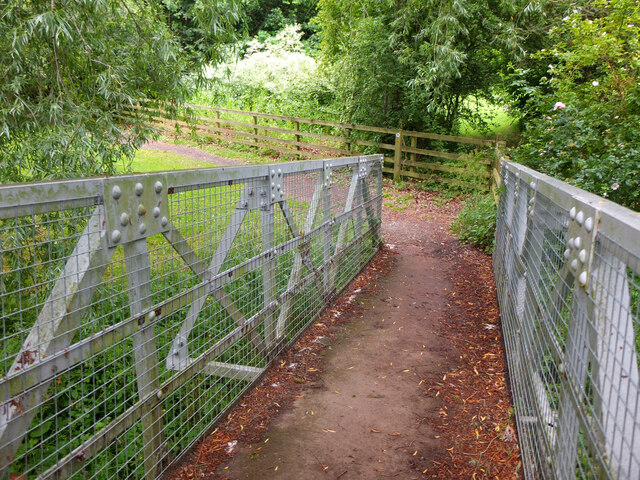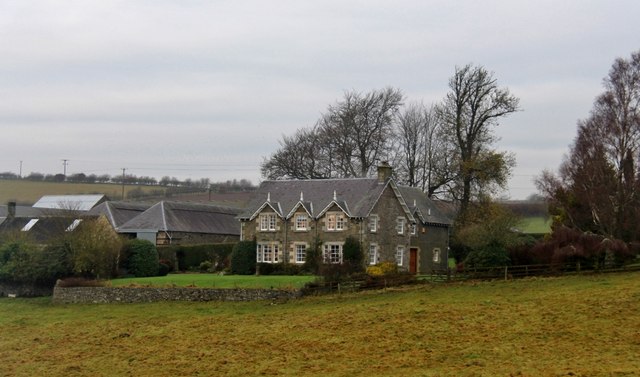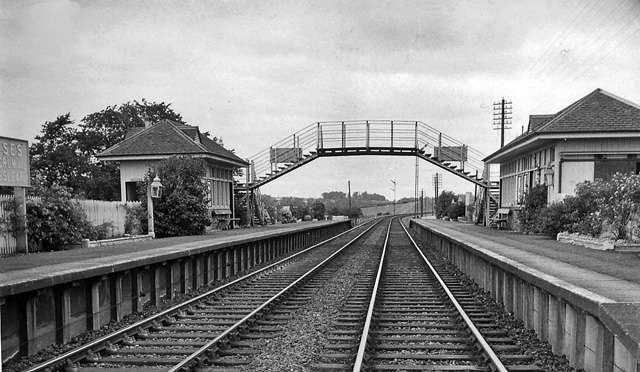Cavers Carre
Settlement in Roxburghshire
Scotland
Cavers Carre
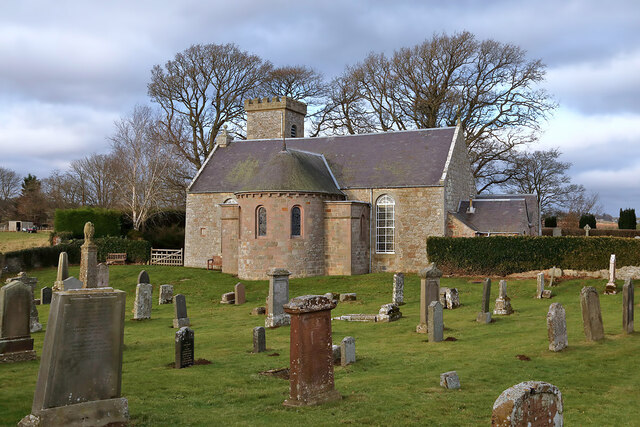
Cavers Carre is a small rural settlement situated in Roxburghshire, a historic county in the Scottish Borders region of Scotland. Nestled in the picturesque countryside, Cavers Carre is surrounded by rolling hills and lush green fields, providing a tranquil and scenic environment for its residents.
The settlement is characterized by its quaint and traditional architecture, with charming stone-built houses and cottages dotting the landscape. The community maintains a close-knit atmosphere, fostering a strong sense of community spirit among its inhabitants.
Cavers Carre is located a short distance from the town of Hawick, which offers a range of amenities and services, including shops, schools, and healthcare facilities. The settlement benefits from its proximity to the River Teviot, which runs nearby, providing opportunities for fishing and water-based activities.
For nature lovers and outdoor enthusiasts, Cavers Carre offers easy access to the stunning natural beauty of the Scottish Borders. The surrounding area boasts numerous walking and hiking trails, allowing residents to explore the breathtaking scenery and enjoy the peace and tranquility of the countryside.
While Cavers Carre may be a small and quiet settlement, it offers a peaceful and idyllic lifestyle for those seeking a retreat from the hustle and bustle of urban living. With its scenic location and strong community spirit, Cavers Carre is a charming place to call home.
If you have any feedback on the listing, please let us know in the comments section below.
Cavers Carre Images
Images are sourced within 2km of 55.525654/-2.7143623 or Grid Reference NT5526. Thanks to Geograph Open Source API. All images are credited.
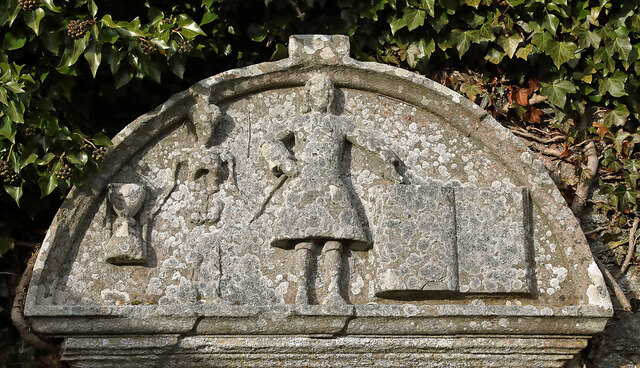
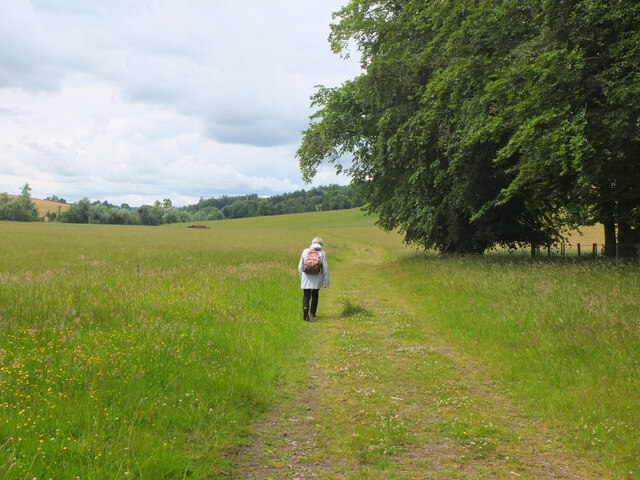

Cavers Carre is located at Grid Ref: NT5526 (Lat: 55.525654, Lng: -2.7143623)
Unitary Authority: The Scottish Borders
Police Authority: The Lothians and Scottish Borders
What 3 Words
///slung.napkins.prominent. Near Newtown St Boswells, Scottish Borders
Nearby Locations
Related Wikis
Lilliesleaf
Lilliesleaf is a small village and civil parish 7 miles (11 km) south east of Selkirk in the Roxburghshire area of Scottish Borders of Scotland. Other...
Belses
Belses is a village on the Ale Water, in the Scottish Borders area of Scotland the former Selkirkshire. It is situated close to Old Belses, and lies south...
Old Belses
Old Belses is a village by the Ale Water, in the Parish of Ancrum, in the Scottish Borders of Scotland, in the historic county of Roxburghshire. Other...
Lothian and Borders
Lothian and Borders is an area in Scotland consisting of the East Lothian, City of Edinburgh, Midlothian, West Lothian council areas (collectively known...
Belses railway station
Belses railway station served the village of Belses, Scottish Borders, Scotland from 1849 to 1969 on the Waverley Route. == History == The station opened...
Charlesfield Halt railway station
Charlesfield Halt railway station served the village of Charlesfield, Melrose, Scotland, from 1942 to 1961 on the Waverley Route. == History == The station...
Castle Holydean
Holydean Castle (pronounced "hollydeen") was a castle sited near Melrose in Bowden, 1.25 miles SW of the village, in the Scottish Borders region of Scotland...
Bowden, Scottish Borders
Bowden is a village in the Roxburghshire area of the Scottish Borders, situated 3 miles (5 kilometres) south of Melrose, 2 miles (3 kilometres) west of...
Nearby Amenities
Located within 500m of 55.525654,-2.7143623Have you been to Cavers Carre?
Leave your review of Cavers Carre below (or comments, questions and feedback).
